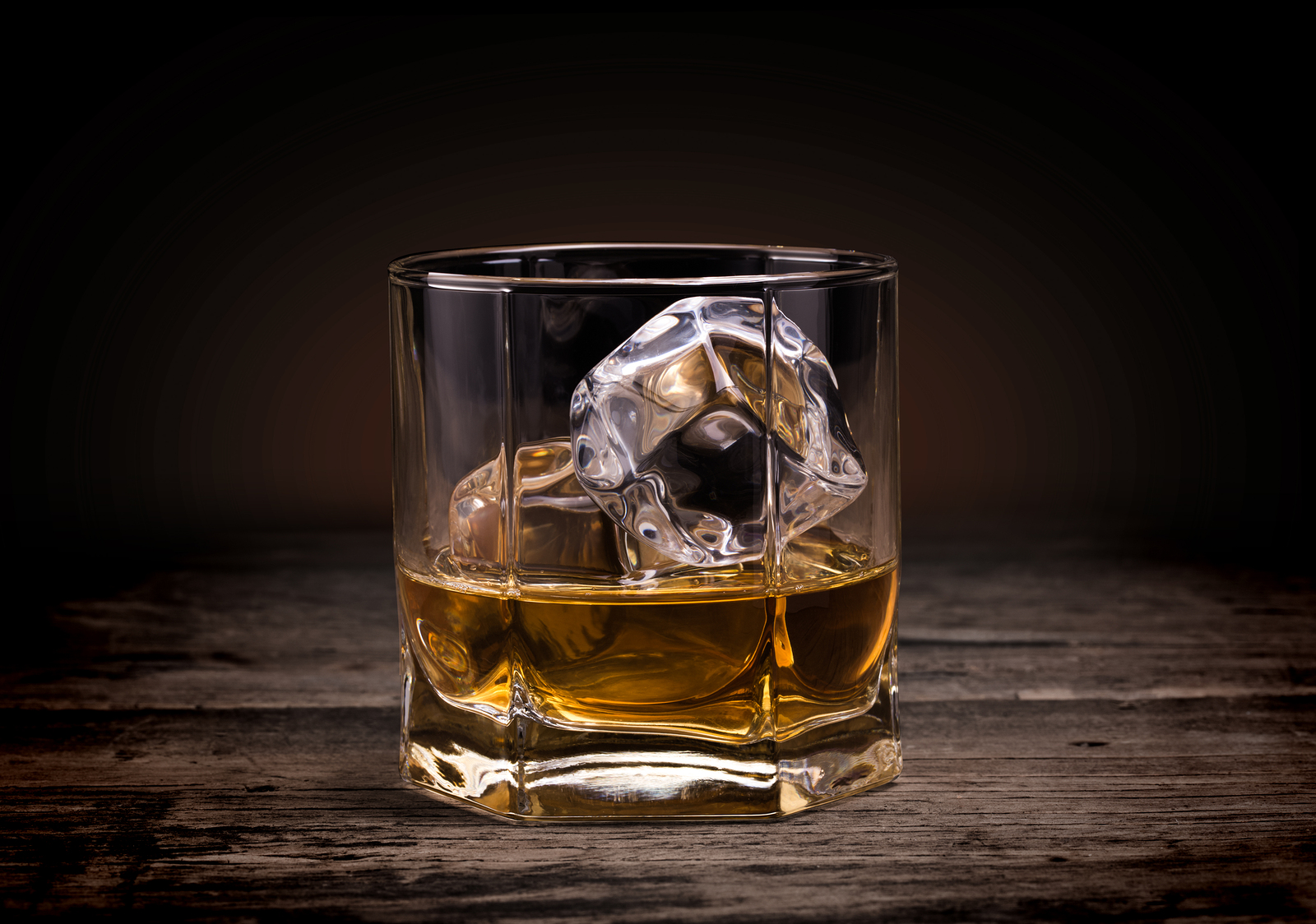 Mixing intoxicants is a common but dangerous activity that many engage in, either to enhance the effects of one or both drugs or simply because they are unaware of the risks. Drinking alcohol while using drugs is one of the most common forms of what experts call polydrug use.
Mixing intoxicants is a common but dangerous activity that many engage in, either to enhance the effects of one or both drugs or simply because they are unaware of the risks. Drinking alcohol while using drugs is one of the most common forms of what experts call polydrug use.
The Effects of Alcohol and Hydrocodone Together
Hydrocodone is a semisynthetic opioid derived from codeine that is used to treat moderate to severe pain, typically in pills marketed under brand names like Vicodin. In 2012, doctors gave out nearly 182 million prescriptions for opioids due to their effectiveness. In addition to relieving pain, opioids depress the central nervous system, slowing breathing, heart rate, and other important bodily functions. Alcohol is also a depressant and compounds the effects of opioids like hydrocodone.
This is why the majority of overdose deaths from opioids involve alcohol. Even if users are aware of the dangers, alcohol lowers inhibitions and tends to increase incidences of risky behavior, including taking drugs. Inexperienced users of either alcohol or opioids may also not be able to properly gauge how intoxicated they really are or how long it takes for an oral hydrocodone pill to begin working; they then take more if they don’t feel anything.
There are many ways that this kind of overdose can happen, and it’s incredibly dangerous. At a certain point, the central nervous system becomes so depressed that an opioid user may have trouble breathing or feel as though they have to consciously remember to take a breath. If they fall unconscious, they may start to breathe too slowly or stop breathing altogether. If this happens, brain damage from a lack of oxygen can occur in minutes. The individual may fall into a coma, or, if help doesn’t come soon enough, death can occur.
Symptoms of opioid overdose can include:
- Body limpness
- Very small pupils
- Cold, clammy skin
- Extreme paleness
- Vomiting
- Gurgling noises
- Bluish or purple lips or fingernails
- Slow or undetectable heartbeat or breathing
- Inability to speak
- Unconsciousness
Any of the symptoms after taking opioids, especially if alcohol has also been ingested, should be considered a medical emergency.
Another danger of mixing alcohol and hydrocodone is the fact that this kind of opioid tends to be paired with high doses acetaminophen for increased pain relief. Vicodin, a very popular prescription opioid, is a combination of hydrocodone and up to 750 mg of acetaminophen per pill – and people typically take more than one pill when abusing the drug. Acetaminophen is notorious for being hard on the liver, and Vicodin overdose comes with the additional risk of liver damage. Alcohol, especially in large amounts, is also hard on the liver, so an overdose involving both is highly likely to cause serious stress to this essential organ. Liver failure can occur – a highly life-threatening condition that can necessitate a liver transplant for the patient to survive.
Additionally, both opioids and alcohol impair one’s ability to operate machinery, including vehicles. Getting behind the wheel after drinking and taking hydrocodone, especially if the full effect of the opioid hasn’t hit yet, is incredibly dangerous. More and more driving while intoxicated incidents have been found to involve prescription opioids.
Alcohol and hydrocodone can absolutely be dangerous on their own, but considering the serious overdose risks, it’s very inadvisable to mix them under any circumstances.
However, despite warnings, many people will continue to do so. It’s therefore important to be familiar with the signs of overdose and be sure to act quickly if overdose is suspected.
